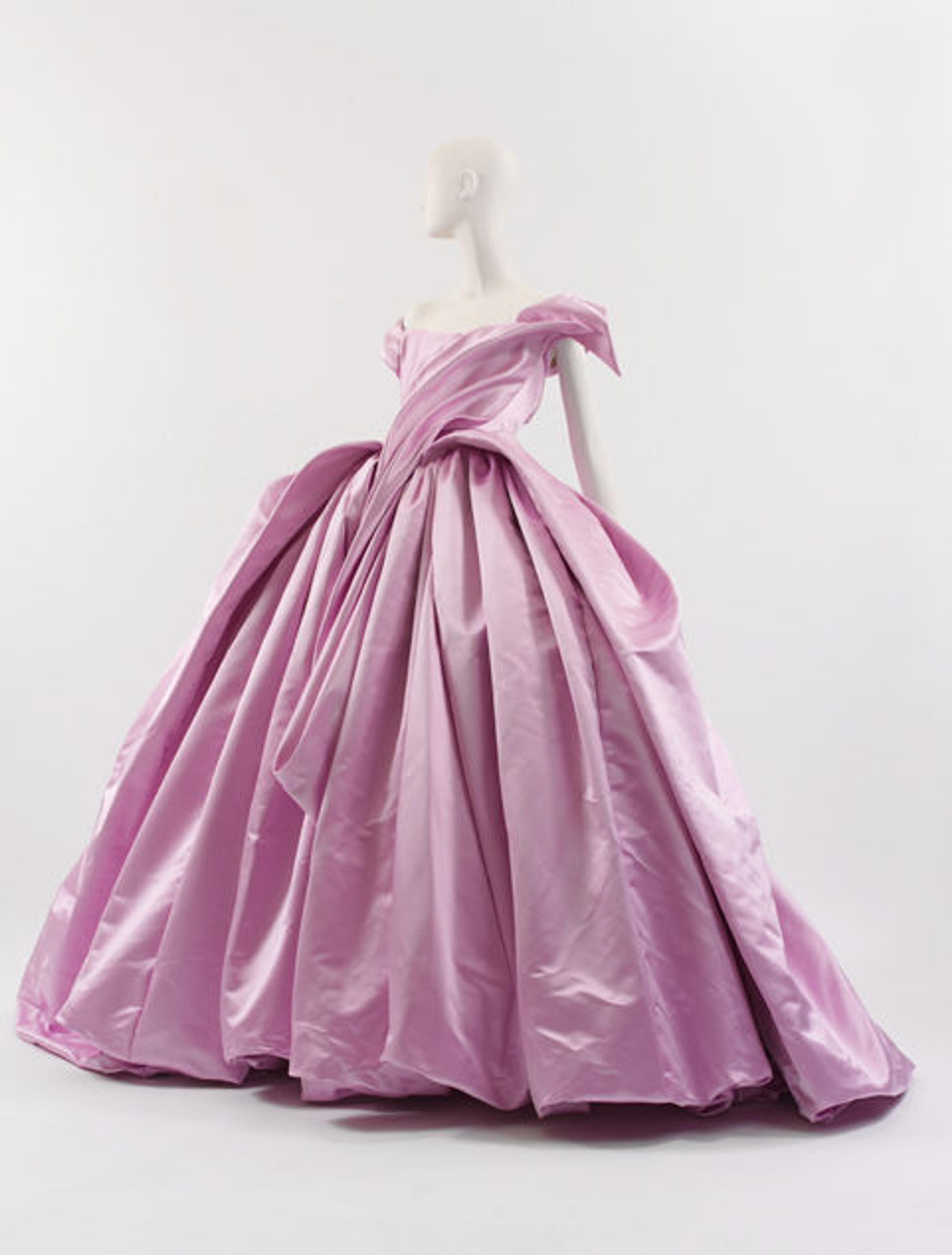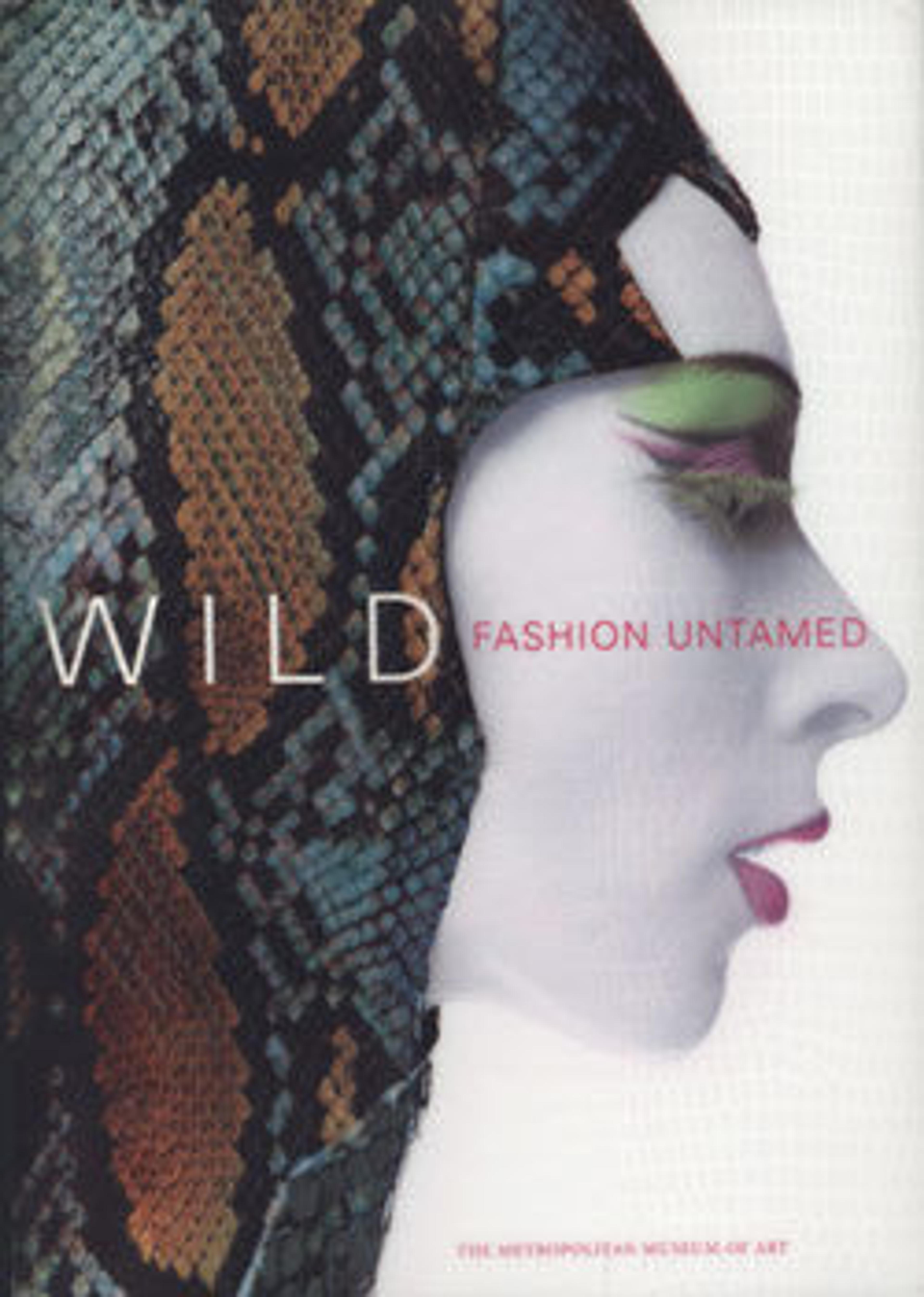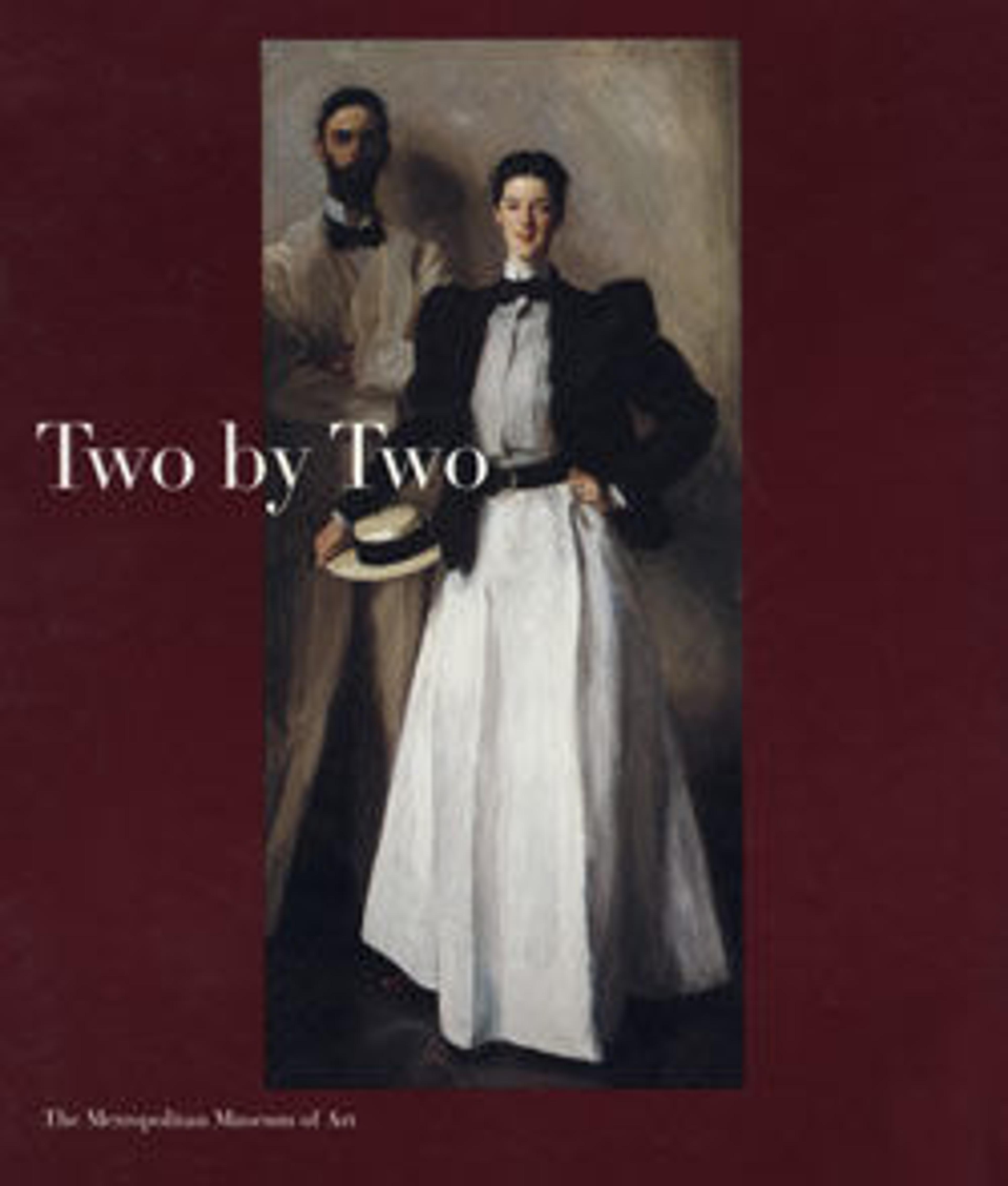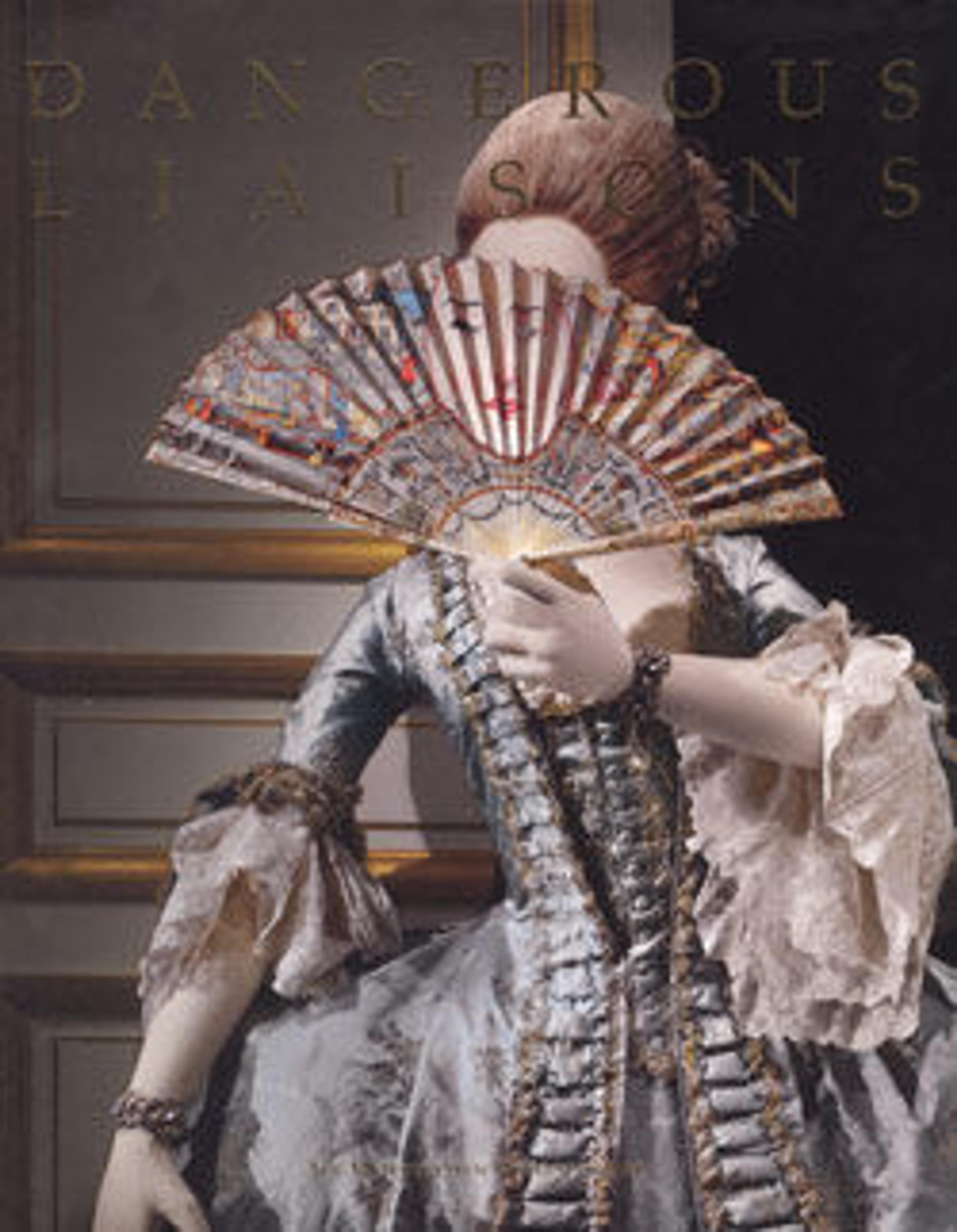

AngloMania: Tradition and Transgression in British Fashion
Anglomania gripped Europe during the mid-to-late eighteenth century. Continental Anglophiles such as Voltaire and Montesquieu saw England as a land of reason, freedom, and tolerance. Yet what began as an intellectual phenomenon became and has remained, a matter of style. Through the lens of fashion, AngloMania, based on the popular exhibition of the same name held at The Metropolitan Museum of Art in 2006, examines aspects of English culture that continue to capture the imaginations of Europeans and Americans, among them the class system, sport, royalty, pageantry, eccentricity, the gentleman, and the country garden. Englishness is a romantic construct, formed by fictive and imaginary narratives. These narratives are, however, not merely the product of European-American Anglophilia but are fostered by the English themselves. As this book reveals, they can be found in the novels of Samuel Richardson and in the paintings of George Stubbs and William Hogarth.
AngloMania presents historical costumes with clothing of the late twentieth and early twenty-first centuries in a series of theatrical vignettes staged in the Museum's English Period Rooms. In the book, images of the Kirtlington Park Dining Room (ca. 1748), the venue for "The English Garden," teems with figures wearing eighteenth-century gowns made from Spitalfields silks and sporting twenty-first century hats by Philip Treacy. Although the gowns and hats are separated by time, they are united through their bold floral motifs that are startling in their botanical naturalism. The Lansdowne Dining Room (1776–79) becomes "The Gentlemen's Club," in which dandies, gentlemen, and punks, wearing designs by Malcolm McLaren and Vivienne Westwood, clash in a scene of Hogarthian intensity. Around the Hampton Court State Bed (ca. 1698), Queen Victoria in widow's weeds mourns the death of a figure wearing tartan trousers and an elaborately embroidered cape-jacket by Alexander McQueen.
The illuminating and entertaining texts, written by Andrew Bolton, are complemented by an introductory essay by Ian Buruma that traces the beginnings of the desire for all things British.
Met Art in Publication
You May Also Like
Press the down key to skip to the last item.
Citation
Bolton, Andrew. 2006. Anglomania: Tradition and Transgression in British Fashion [Exhibition, New York, Metropolitan Museum of Art, May 3 to Septembre 4, 2006]. New York: Metropolitan museum of art.




